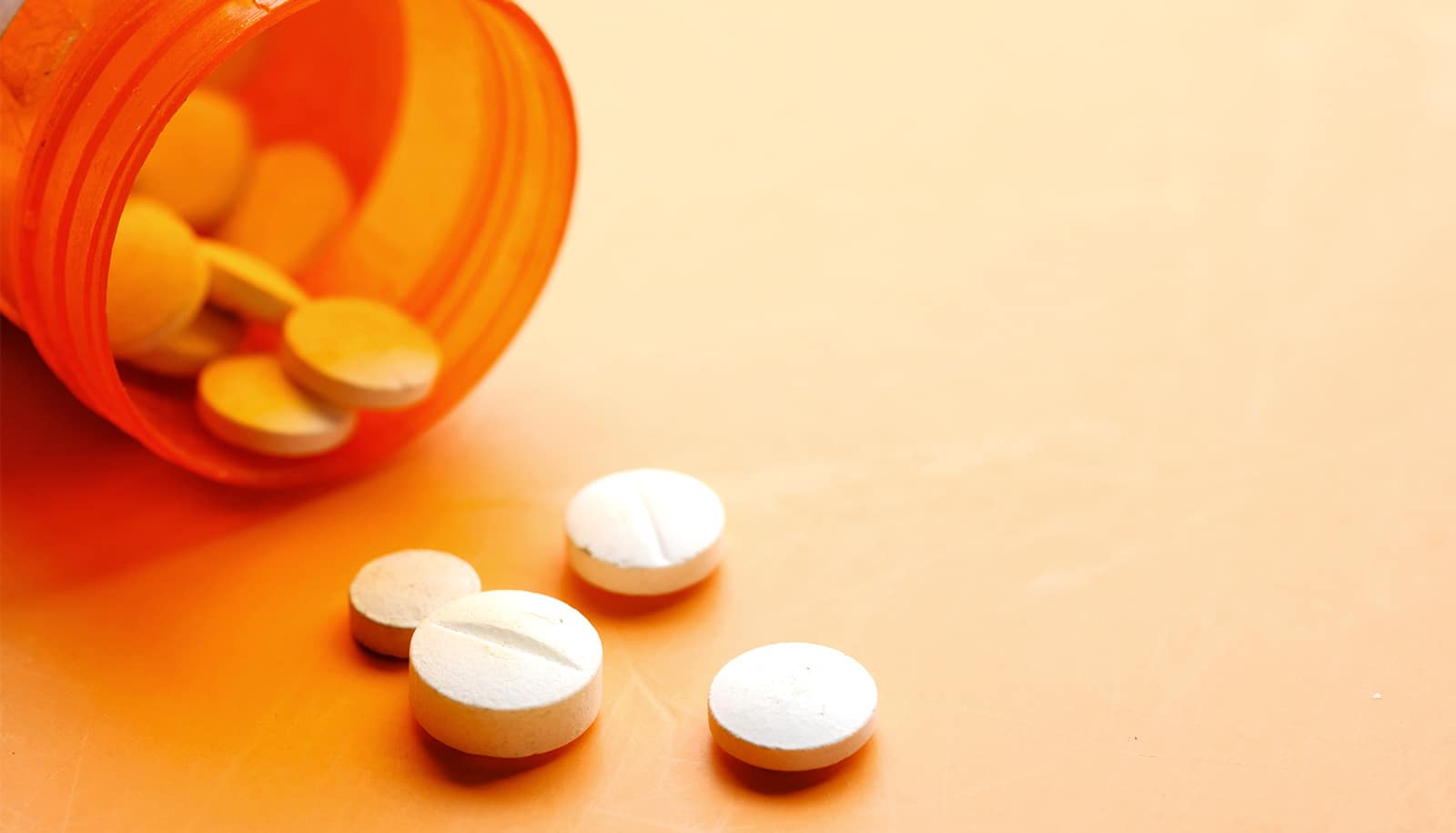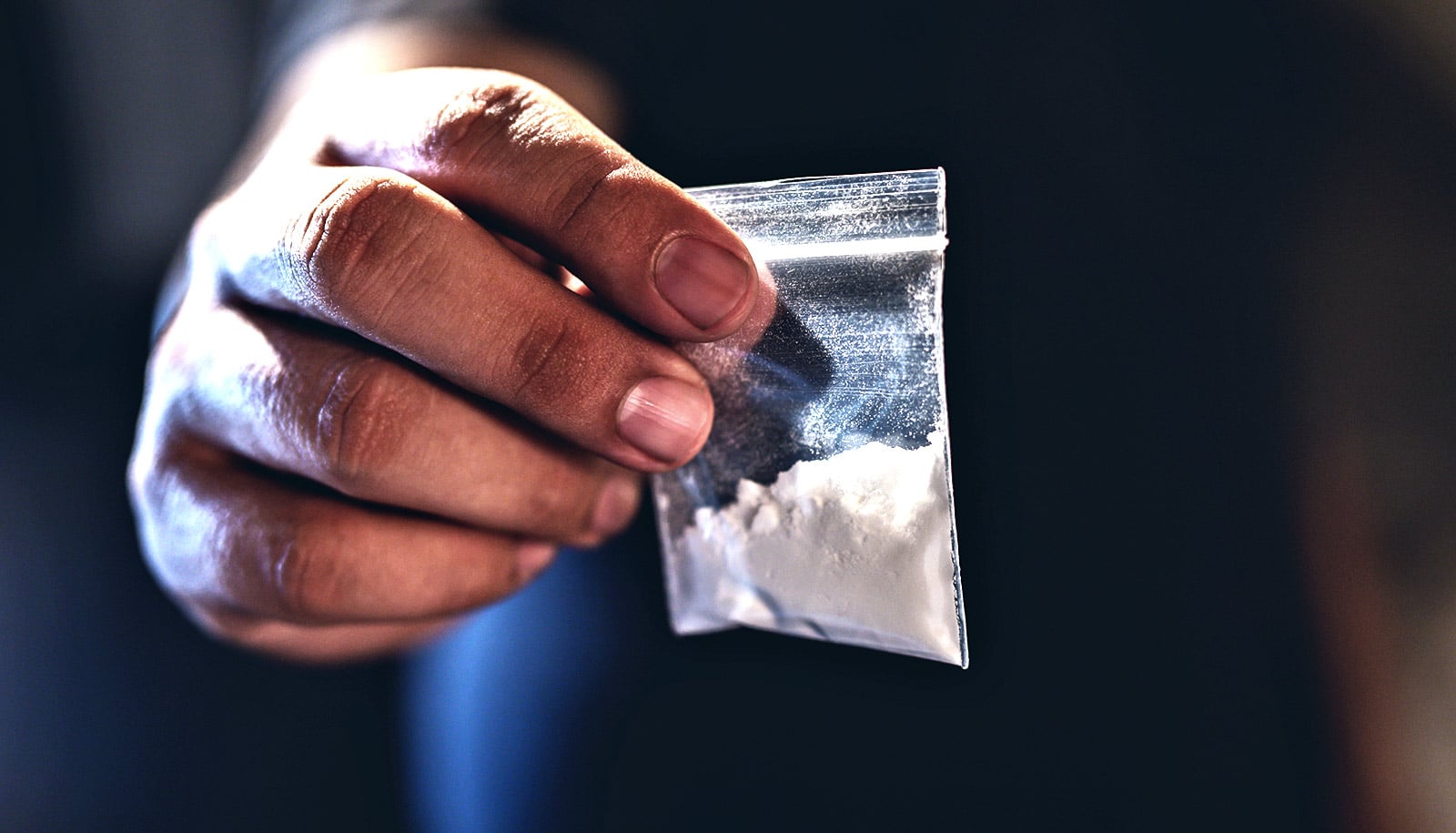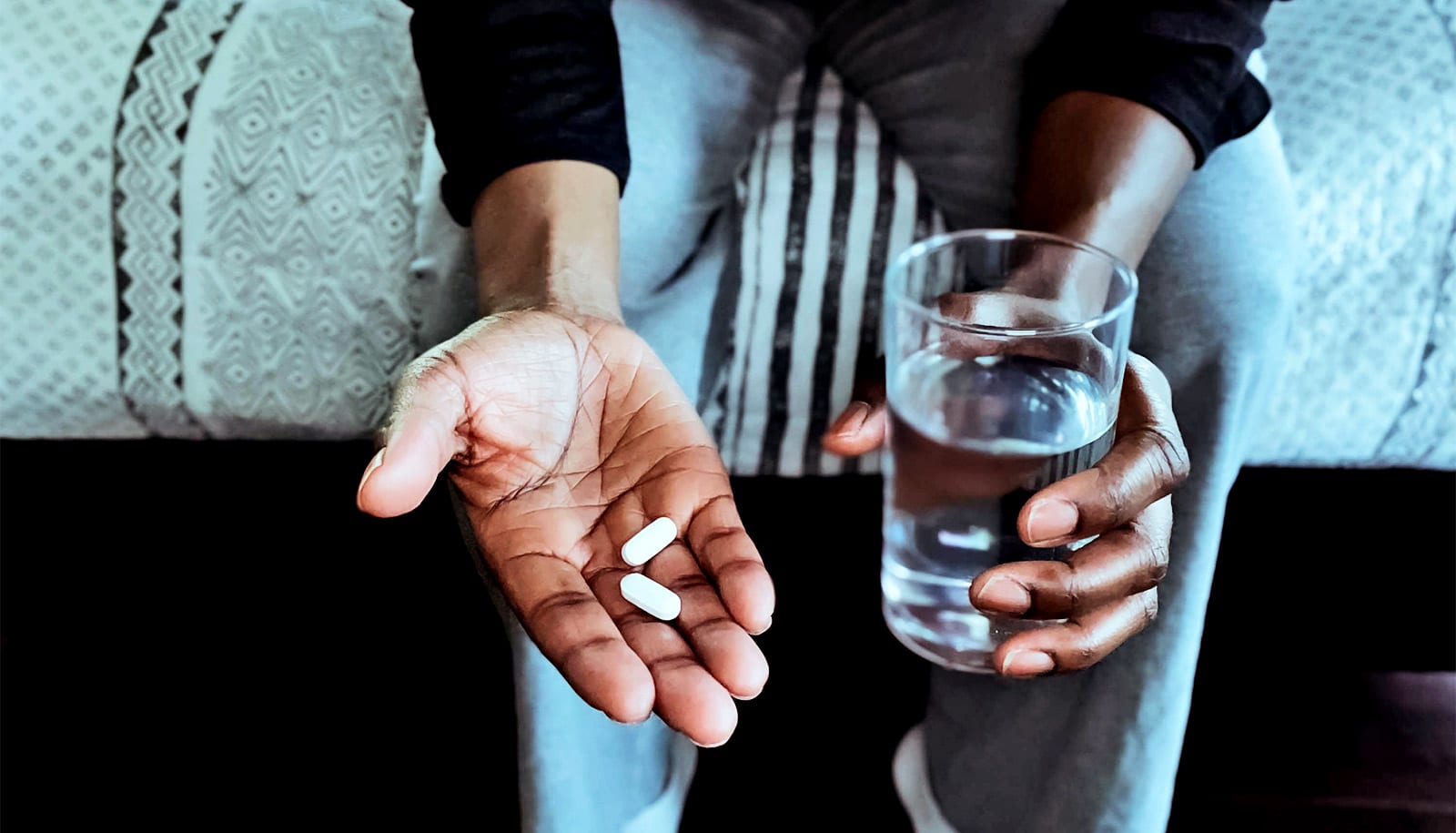The majority of 18-year-olds with severe substance use disorder symptoms who researchers followed over 32 years still had multiple substance use disorder symptoms as adults, according to a new study.
“This is a major wake-up call.”
While it’s estimated that 1 in 3 Americans will develop a substance use disorder in their lifetime, experts know little about the long-term outcomes for people with substance use disorder symptoms from adolescence through adulthood.
Findings of the study in JAMA Network Open include:
- An estimated 12% of 18-year-olds had severe substance use disorder, or SUD, symptoms.
- US adolescents with severe SUD symptoms were significantly more likely to report prescription drug misuse in adulthood.
- The relationship between severe SUD symptoms and later SUD symptoms also held for adolescents with severe alcohol, cannabis, and other drug use disorder symptoms.
- Most adults in the study prescribed opioids, benzodiazepines, or other sedatives/tranquilizers had multiple SUD symptoms during adolescence.
“This is a major wake-up call,” says lead author Sean Esteban McCabe, professor at the University of Michigan School of Nursing and director of the Center for the Study of Drugs, Alcohol, Smoking, and Health.
“The majority of middle-age adults being prescribed these medications had multiple substance use disorder symptoms at age 18, raising serious concerns about the safety of prescribing controlled substances to these individuals.
“Some of the disorders and conditions we treat with these same medications are also associated with an increased risk for substance use disorder, such as anxiety disorders, sleep disorders, and pain.
“We must rethink how we screen and prescribe to individuals who have multiple substance use disorder symptoms in their past, because they might need additional help to take their medication safely. For example, some people in long-term recovery from substance use disorders use ‘gatekeepers’ to help dispense and dispose of medications, and lockboxes to reduce access to only the gatekeepers.”
Most of the people in the study did not seek treatment, and the findings suggest the need to find ways of offering treatment over long periods of time even if the person isn’t ready for help, McCabe says. Better screening, prevention, and education through adulthood would also help.
“Screening that accounts for polysubstance use and substance use disorder symptom severity during adolescence can identify individuals at the greatest risk for prescription drug misuse and substance use disorder in adulthood,” McCabe says.
Additionally, insurers can assist by helping cover the time it takes for wraparound services, and counties and states can use the opioid settlement funds to invest in evidence-based prevention and treatment efforts, he says.
For the study, McCabe and colleagues sought to understand the association between an adolescent’s substance use disorder symptom severity and later medical use of prescription drugs, prescription drug misuse, and substance use disorder symptoms at ages 35-50.
Researchers followed 11 cohorts of 12th graders from age 18 to age 50 in the Monitoring the Future study, one of the nation’s most relied upon sources of information on emerging trends in illicit drug, alcohol, and tobacco use among American adolescents, college students, and young and middle-aged adults.
Subsequent studies will examine the role of stimulant and nonstimulant medication to treat ADHD and the later misuse of stimulants and other drugs.
Additional coauthors are from Texas State University and the University of Michigan.
Source: University of Michigan



